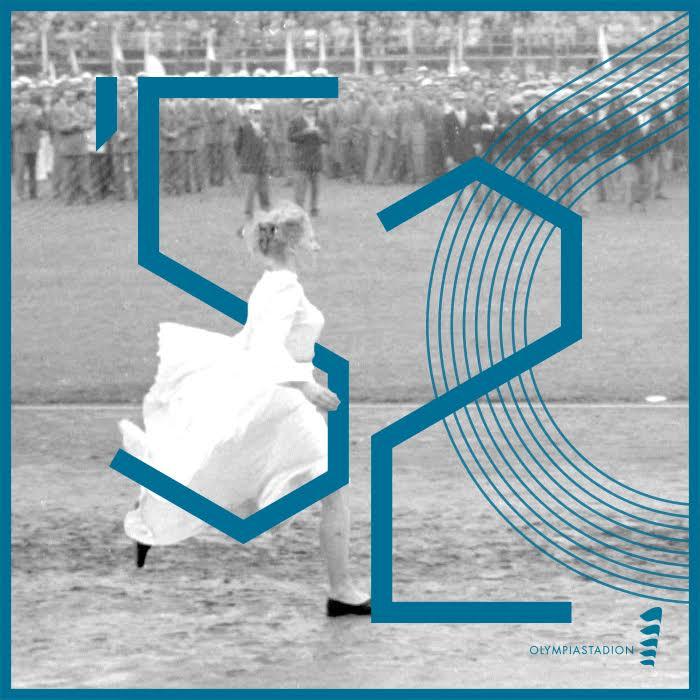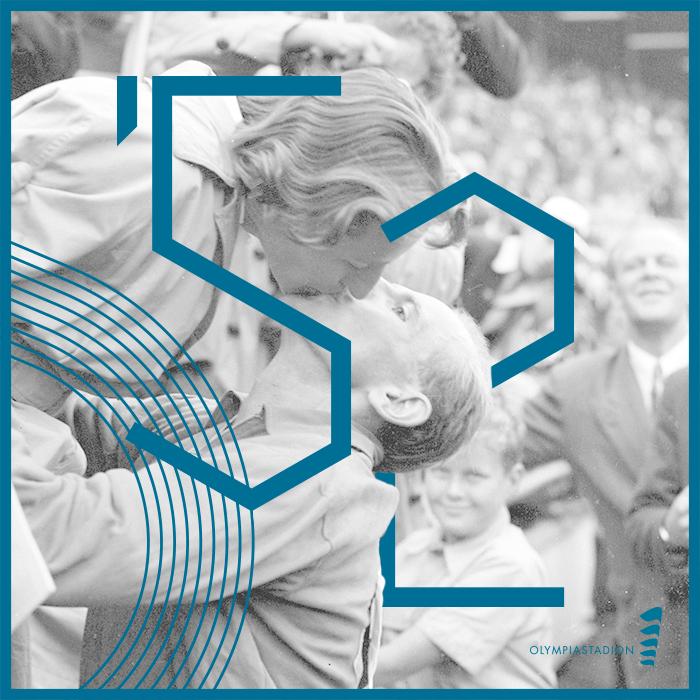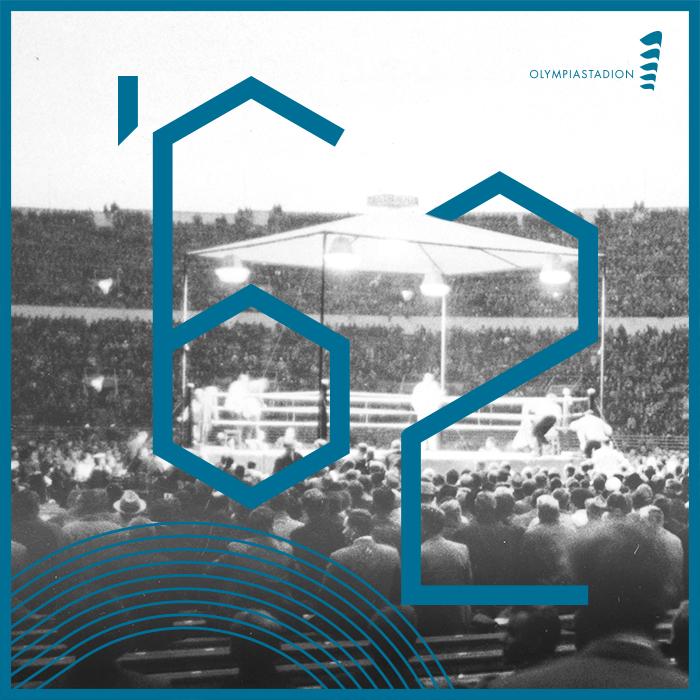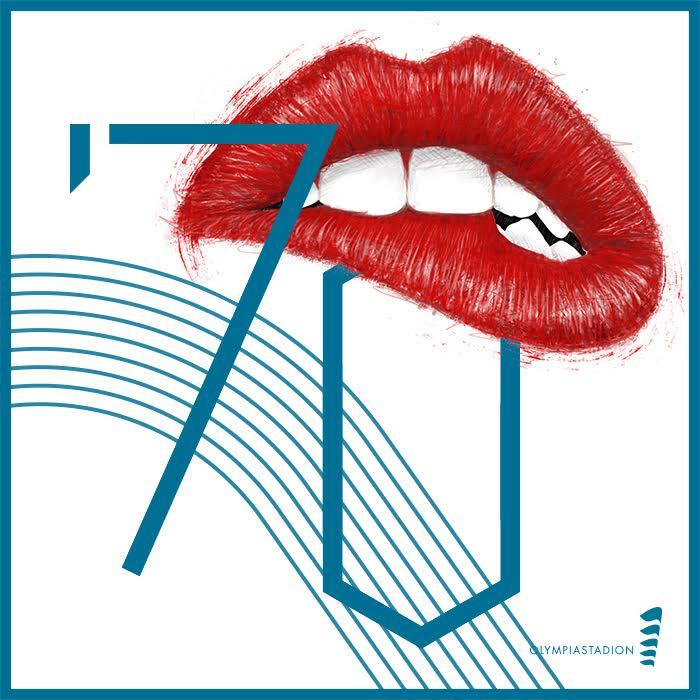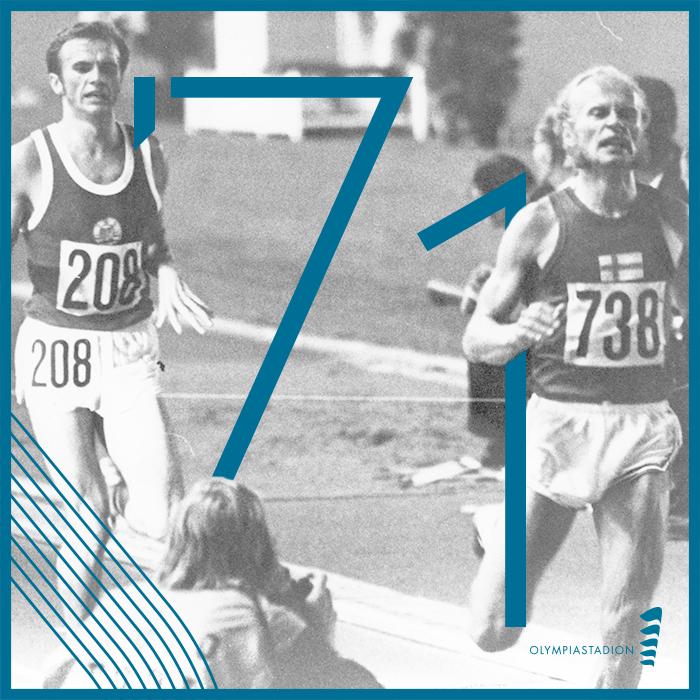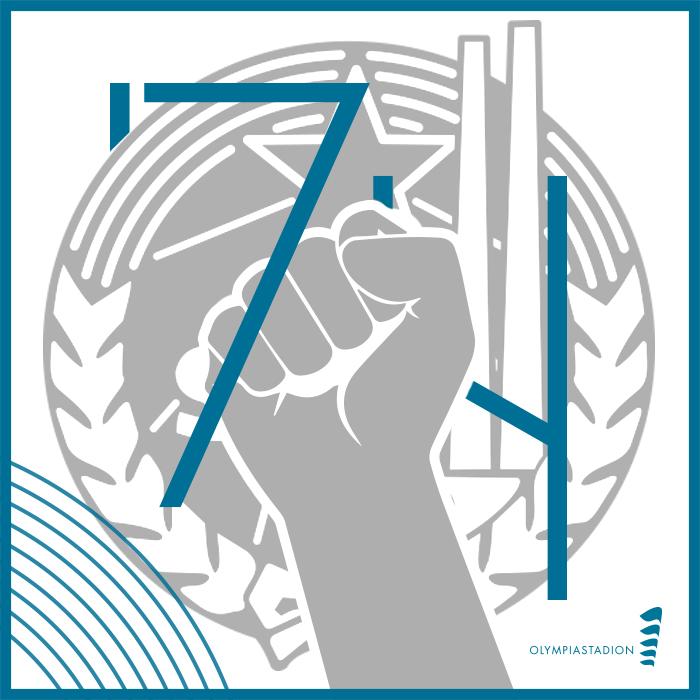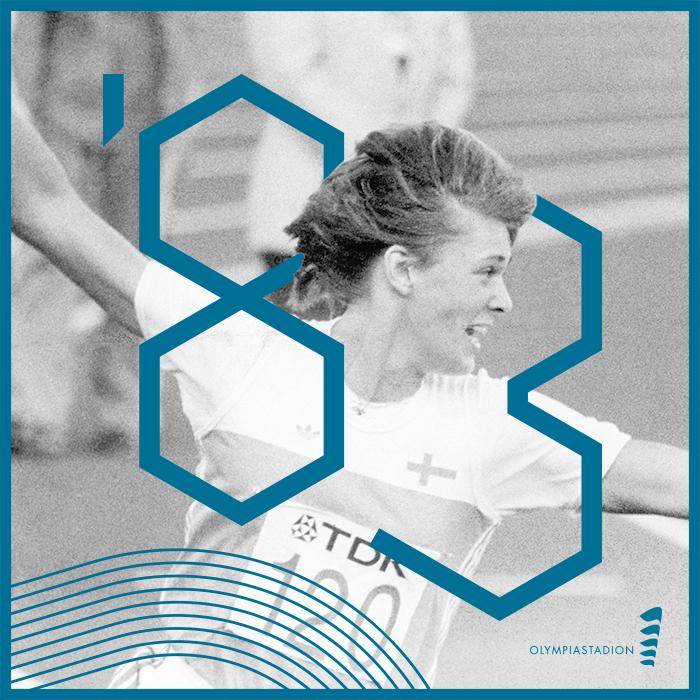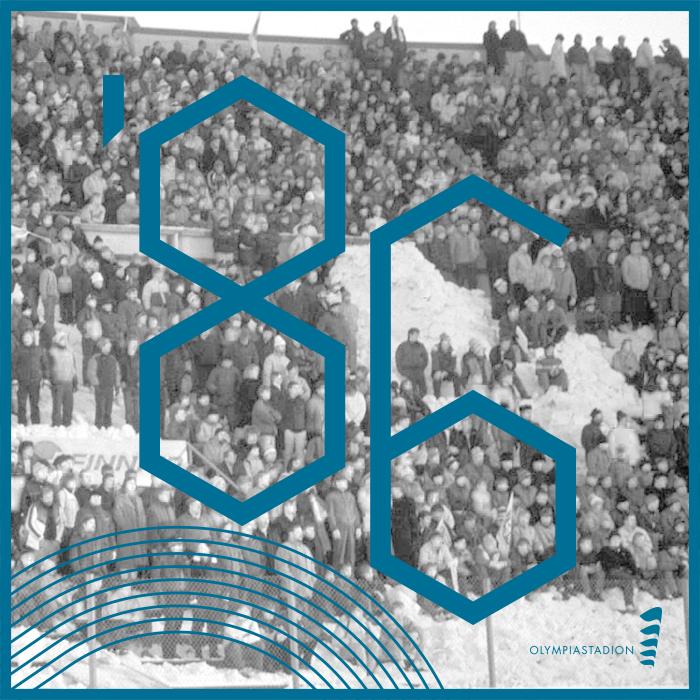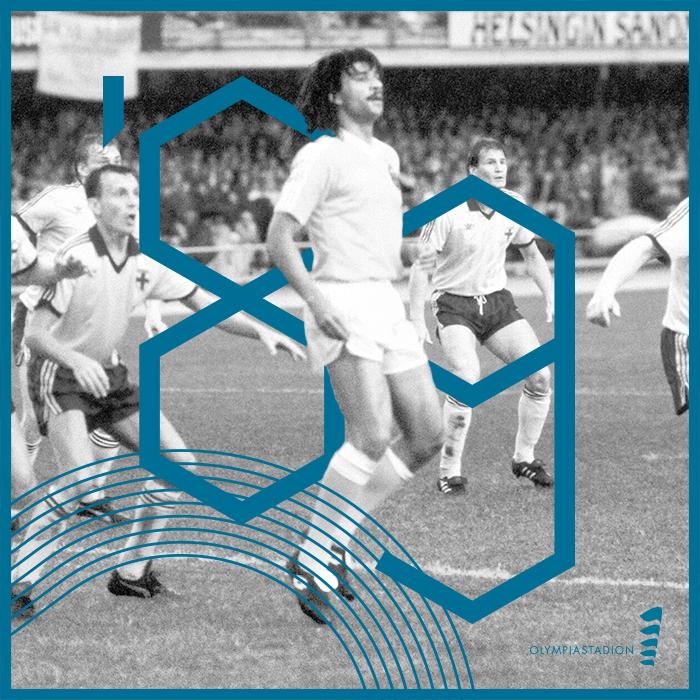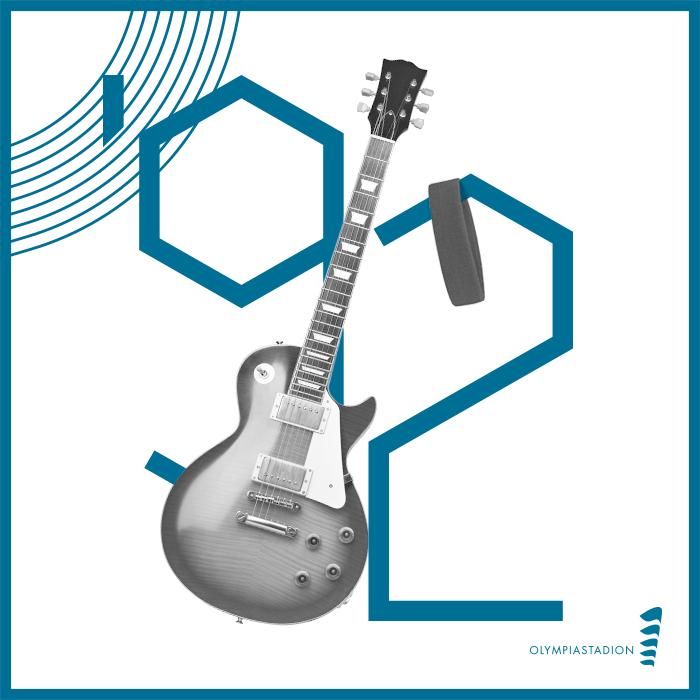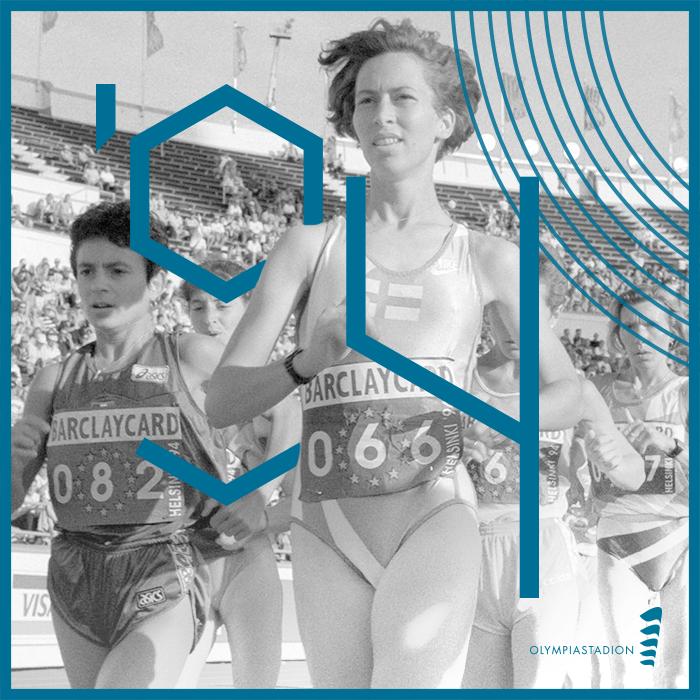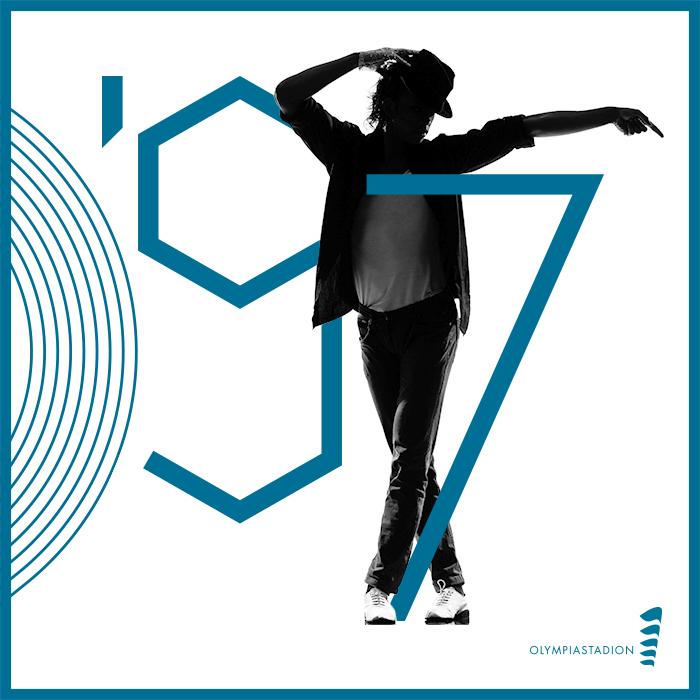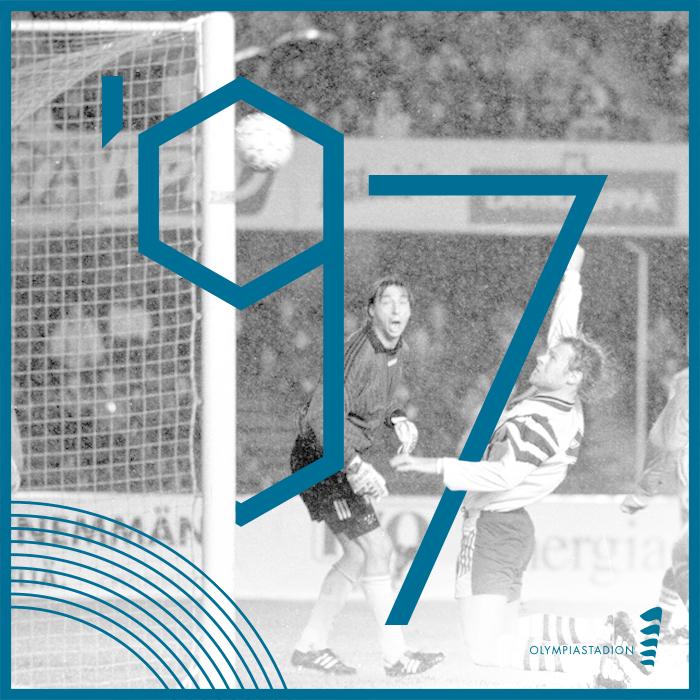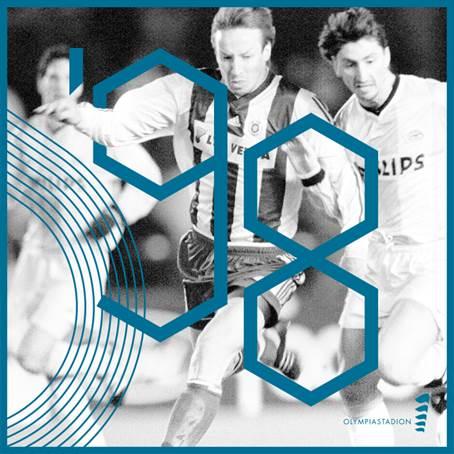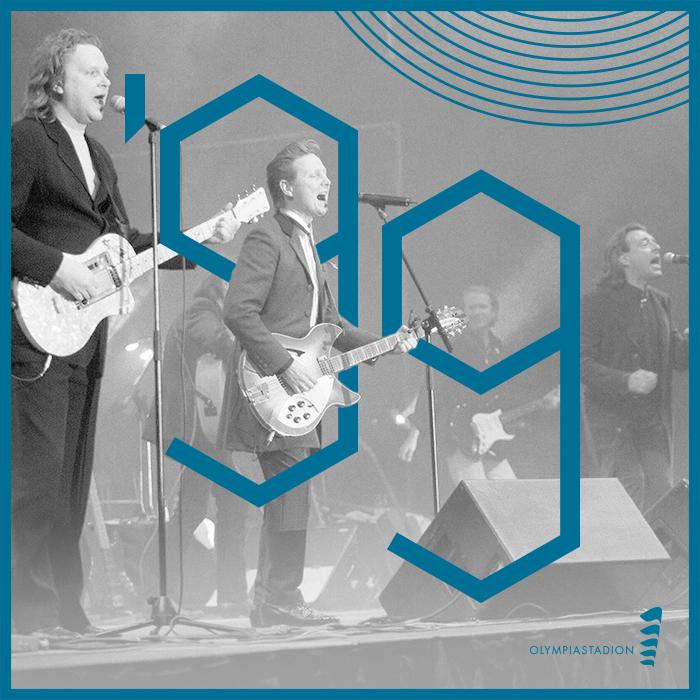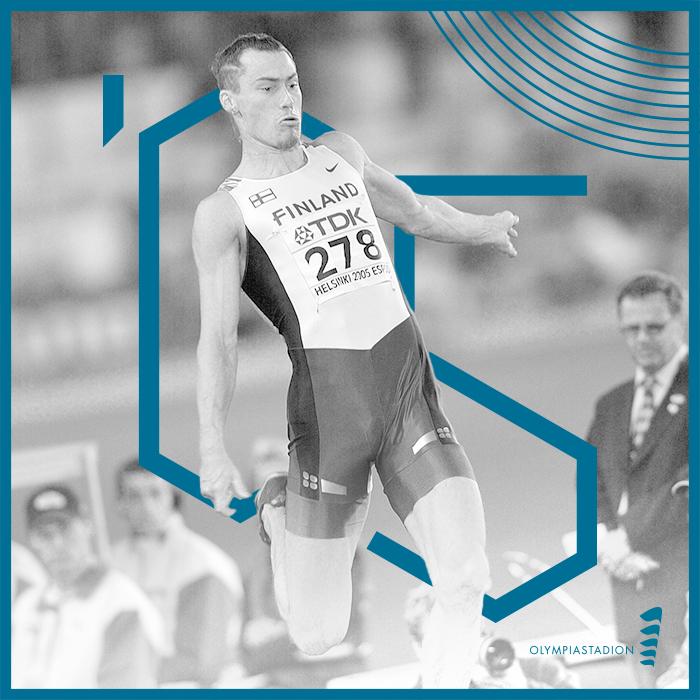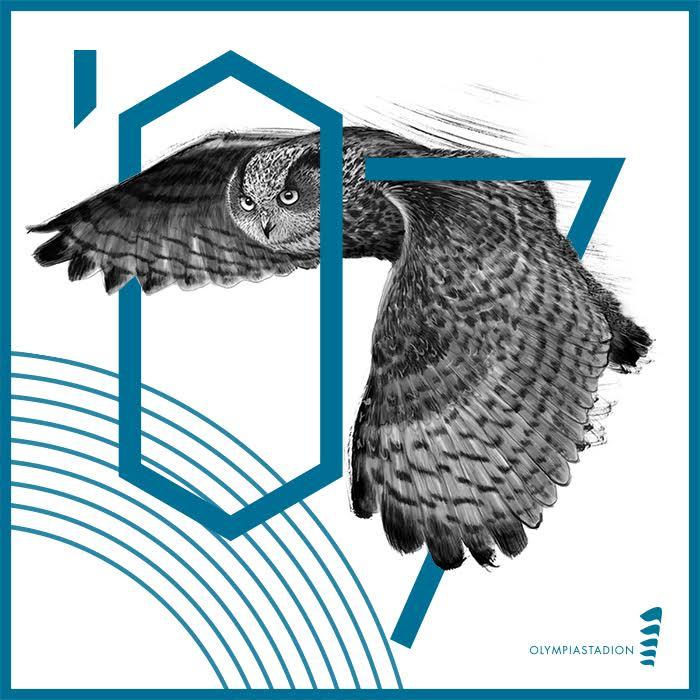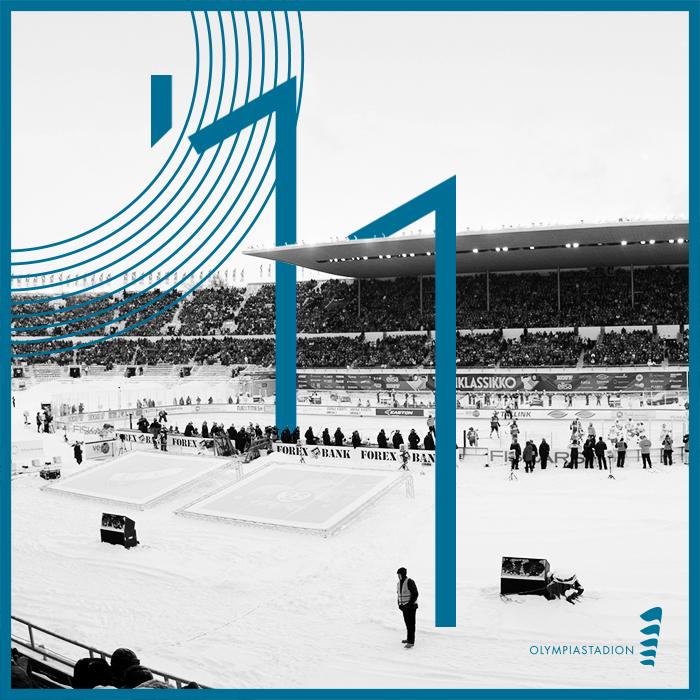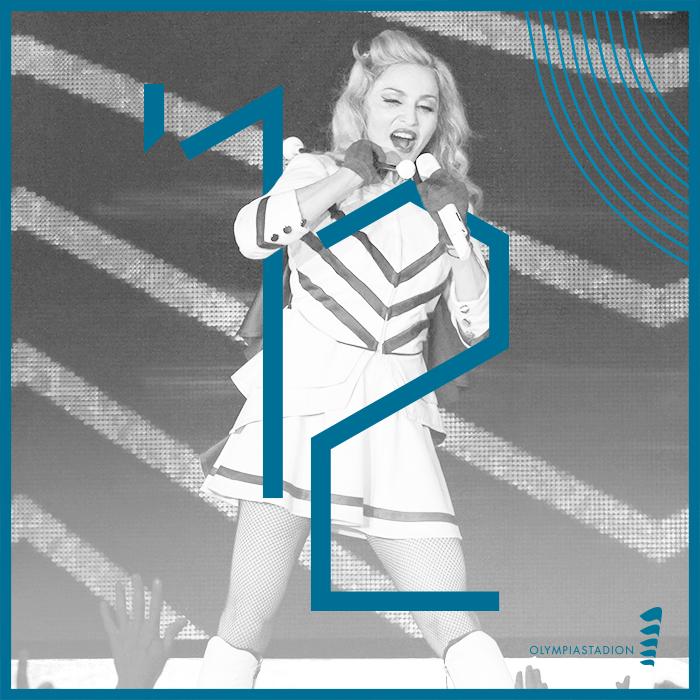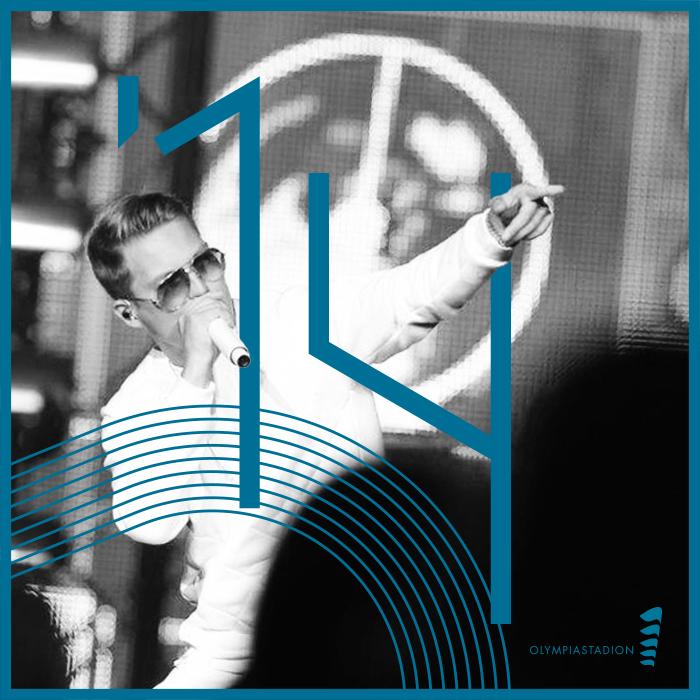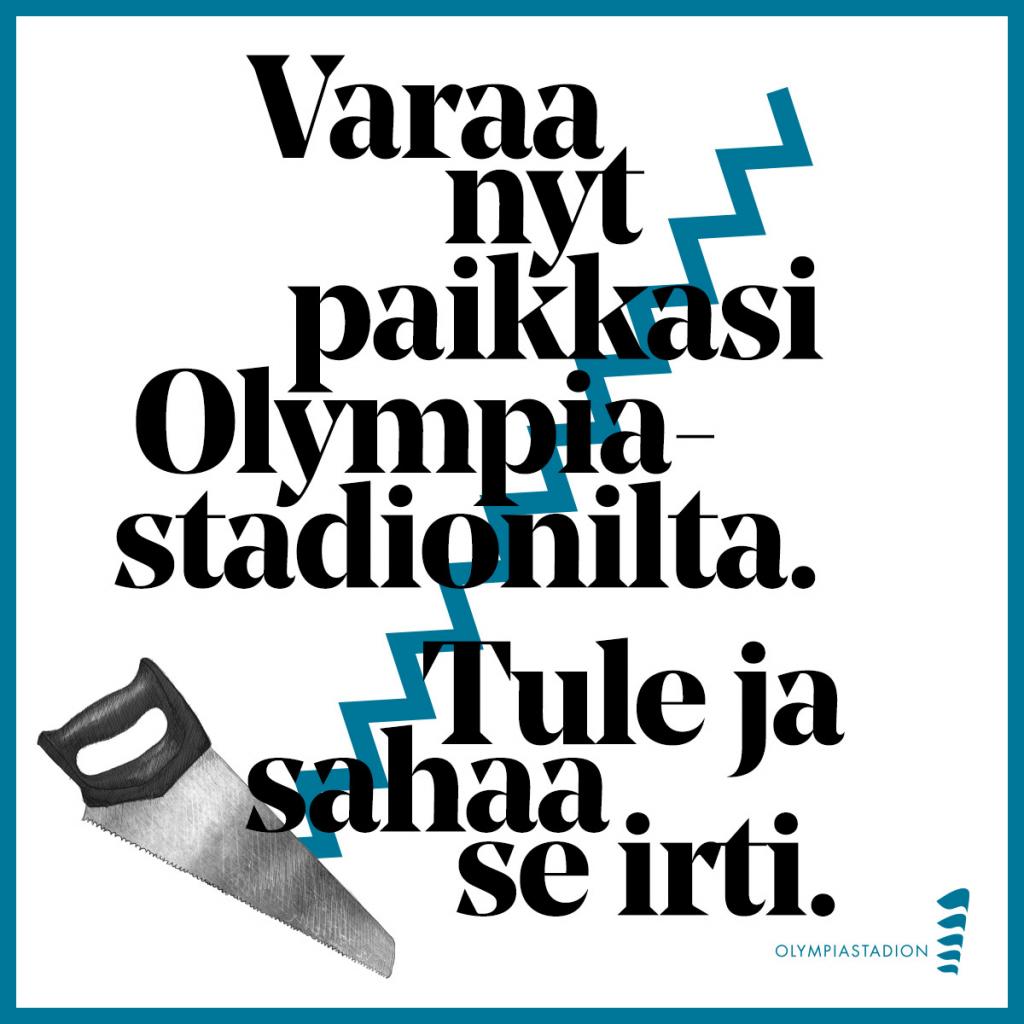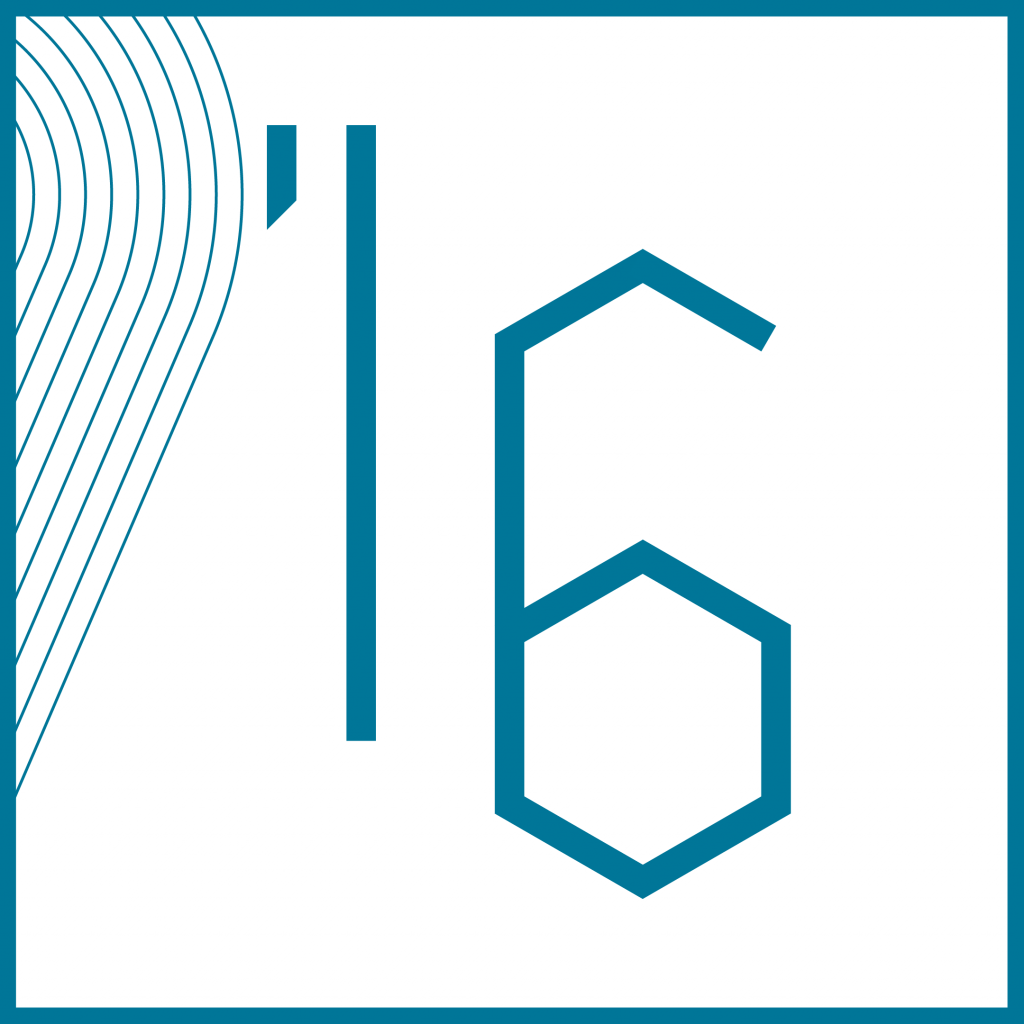The Olympic Stadium
Helsinki Olympic Stadium - “The most beautiful stadium in the world”.
Finland participated actively in the international Olympics movement already prior to the nation’s declaration of independence in 1917. The outstanding performance of Finnish athletes in the Olympics of the 1920s further boosted the dream of arranging the Olympics in Helsinki. To bring the dream to life, the Stadium Foundation was established in 1927, with the main task of acting for a construction of a stadium that would allow Helsinki to host the Summer Olympic Games.
The Olympic Stadium, with the reputation of being the most beautiful arena in the world, was the fruit of an architectural competition. The architects Yrjö Lindegren and Toivo Jäntti won the competition with their pure line functionalist proposal.
Construction work started on 12 February 1934 and the Stadium was inaugurated on 12 June 1938.
Inauguration on 12 June 1938
“It was an early summer Sunday the 12th of June two o’clock in the afternoon. The athletes representing the Finnish Sports Organisations SVUL and TUL marched side by side to the Stadium, following the Finnish flag carried by the great gymnast Heikki Savolainen. Hundreds of little girls let their balloons rise to the skies. The President of the Republic, Mr. Kyösti Kallio inaugurated the Stadium:
“Citizens! Today is a grand day for Finland as the Stadium built in our capital opens its gates to become the home of patriotic celebrations and noble contends.
Naturally, the inauguration ceremony also included athletics. The gymnasts that had come home from the Berlin Olympics with glory and medals showed their excellence on the parallel bars. The gymnastic team of Tampereen Yritys won the public’s hearts with their rod and free movement programme. The track and field programme included men’s 3,000 m and boys’ 8 x 100 m relay as well as the javelin won by Matti Järvinen (of Keravan Urheilijat) with his 73.39 m throw. In football, the teams representing the Helsinki districts of Suomen Palloliitto and Työväen Urheiluliitto met on the field. No goals were scored. The festivities ended with the national anthem.
All Finns could join the emotion through the wireless as the Finnish Broadcasting Company Yleisradio broadcast a direct report of an hour and forty minutes from the Stadium. The live audience in the Stadium numbered 16,000 spectators. In the following few days, the Finnish Press gave a lot of space for the event in the papers.
The attraction of the grand new sports arena was immense. In the months following the inauguration, the Stadium tracks and centre field saw over 20 different events. The Stadium had passed its first big tests with flying colours.
In the years following the inauguration, the Stadium has gone through eight construction phases of different volumes. The most significant project was the refurbishment of the entire Stadium in the years from 1990 to 1994. The highest number of spectators accommodated by the Stadium was over 70,000 in 1952. In 2015, the maximum number of 39,784 was seats only. The length of the Stadium building is 243 m, the maximum width 159 m while the height of the tower is 72 m. The surface of the entire Stadium area is 4.9 ha.
Helsinki Olympics in 1952
The Helsinki Olympic Stadium was fully prepared to receive the elite of the sports world as the ceremonious opening of the XV Olympiad on 19 July 1952 started, with the President of the Republic of Finland Mr. J.K. Paasikivi declaring the Games opened. The Olympic torch was carried to the Stadium by the King of Runners Paavo Nurmi, while the fire in the tower was lit by Hannes Kolehmainen. The Olympic oath was sworn, in name of all participating athletes, by the great gymnast Heikki Savolainen.
The XV Olympic Games from 19 July to 3 August in 1952 marked the most significant event in the Helsinki Olympic Stadium’s history.
The Stadium was the venue for track and field, football and equestrian sports. Show matches were organised in handball and Finnish baseball. All events saw the emerging of new heroes and favourites; for example, the world record was beaten ten times in track and field. On Sunday 3 August 1932, the Swedish President of the International Olympic Committee, Mr. Johannes Sigfrid Edström declared the Games closed. After the Games, the space behind the main stand of the Stadium was adorned with a marble slab, with engraved names of all the athletes and teams (countries) winning a cold metal in the XV Olympic Games in Helsinki in 1952.
The opening ceremony of the Olympics set the Stadium’s record of spectators, 70,435, and the entire Olympic year is still the event with the highest number of spectators. In the year 1952, the Stadium attracted 850,000 spectators in total.
Summary of the book: Helsingin olympiastadion, Helge Nygrén 1978
Timeline of Olympic stadium’s history
Take a look at the marvelous history of the Olympic Stadium! By clicking a year you’ll see the most magnificent events of that decade. You can also scroll through the whole timeline.
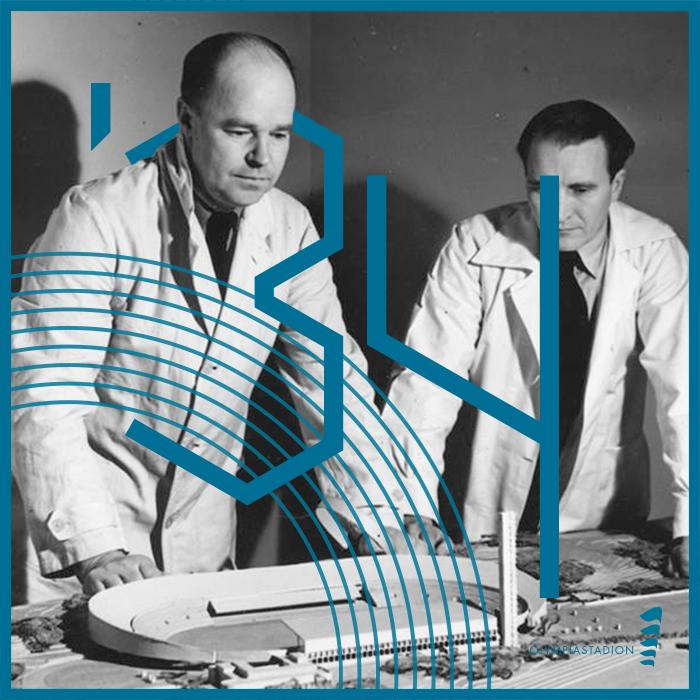

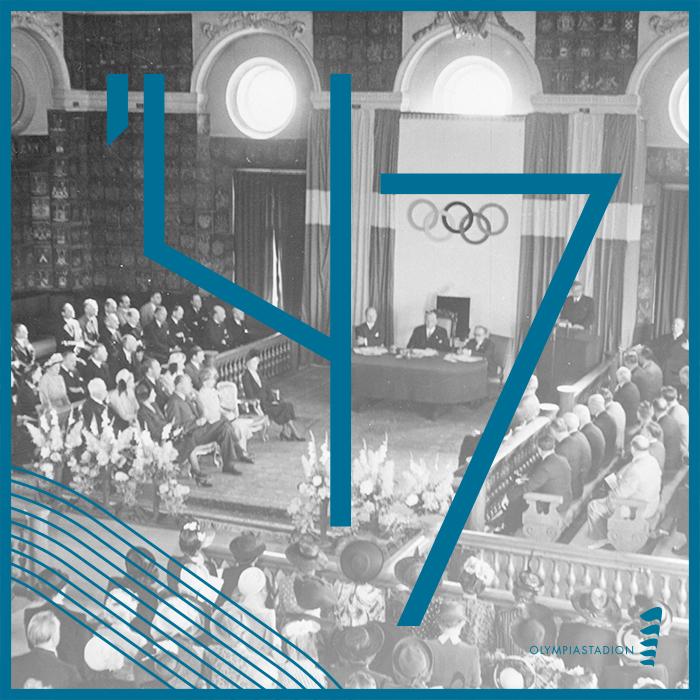
The most memorable event is experienced when the so-called Angel of Piece runs to the field, in addition to the torch-bearing Paavo Nurmi. Dressed in white, she runs and reaches the speaker podium. Her intention is to spread her own peace message to the world.
